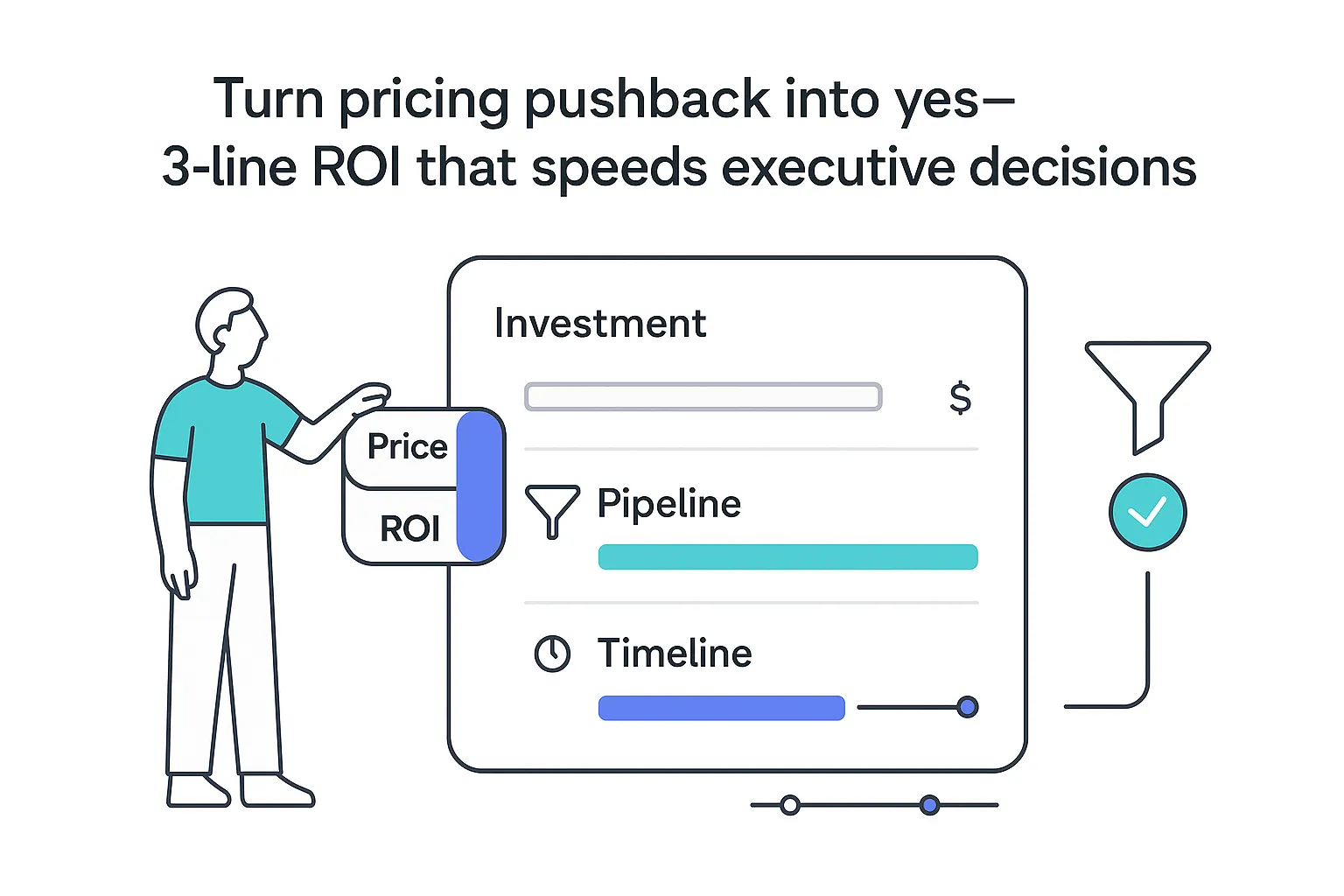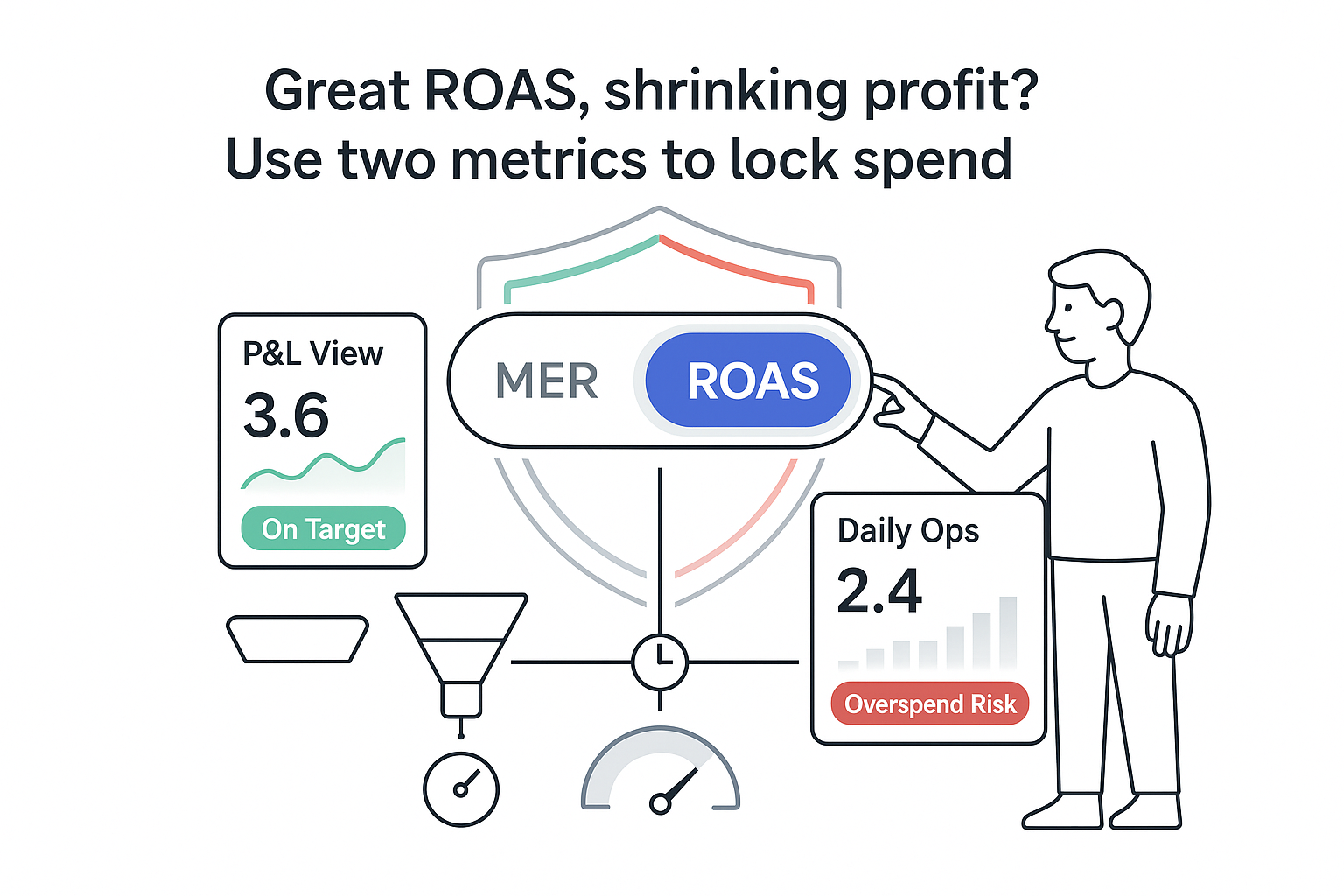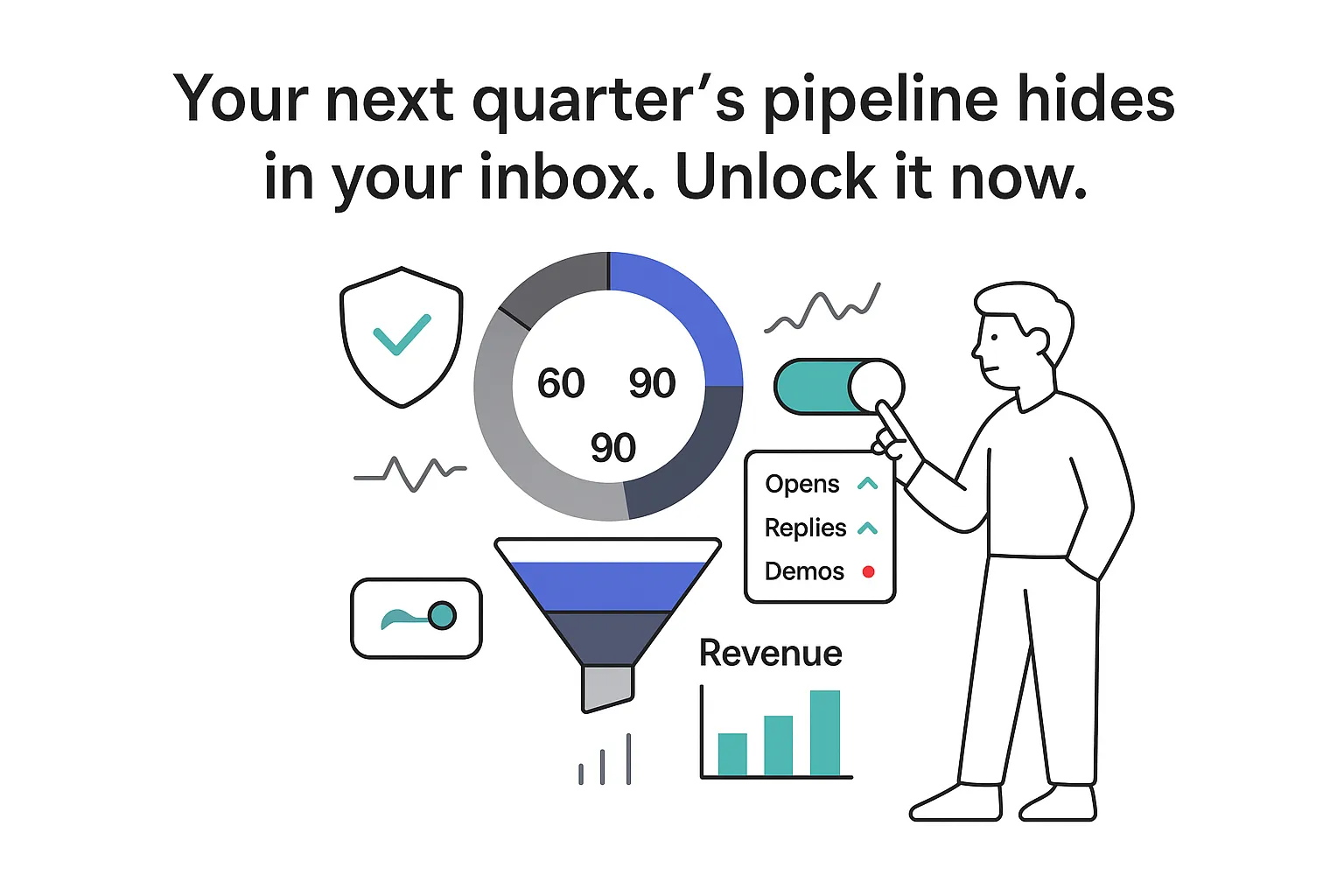I hear this every week:
"Just send me the pricing."
It sounds simple. It rarely is. Numbers without context get forwarded to procurement, compared against a cheaper line item, and a deal I should have won dies in committee. The fix is not more slides. It is a clear ROI one-pager that pairs price with expected pipeline and timelines. Executives can scan it in one minute, see the upside, and decide if the conversation is worth taking forward. That is how B2B SEO services stop being a cost line and start living as a growth channel. If you want a ready-made version, get the price defender template → plus: the ai prompt that frames any price as an investment.
The one-page snapshot a CEO and CFO can scan
I keep it to three lines, plus a few quick-win notes and a reminder that compounding is the payoff.
Three-line summary
- Investment range: 8k to 30k per month for B2B SEO services, depending on scope, speed, and markets.
- Pipeline impact: 600k to 6.3M in qualified pipeline within 12 months, depending on ACV, close rates, and current baseline.
- Time to first results: 30 to 60 days for quick wins, 90 to 120 days for meaningful movement, 6 to 12 months for compounding growth.
Quick wins to see early
- Reduce technical blockers that choke non-brand clicks.
- Publish a small cluster of decision-level pages mapped to actual intent.
- Refresh top-decile posts and fix internal linking so content works as a system.
Compounding effect
Once the foundation is stable, each new page adds additive demand. Paid media rents reach; organic builds it. Cost per opportunity trends down while quality trends up.
Why this works
When I answer price with price plus outcomes, a rational buyer can compare cost versus likely pipeline lift with the same confidence they use for paid search or outbound.
B2B SEO pricing tied to outcomes
Traditional pricing tables invite a race to the bottom. I switch to Pricing plus Outcomes. Tie each tier to expected pipeline, not just hours or deliverables. Keep it plain. Keep it honest.
Good
- Investment: 8k to 12k per month
- Scope: technical lift, content refreshes, 2 new intent pages per month, links earned via credible industry mentions
- Baseline fit: sites with some authority and 2k to 10k monthly sessions
- Outcome math example: ACV 25k, SQL close rate 20 percent, 10 additional SQLs per quarter from organic lift → 40 SQLs/year → pipeline ~1.0M/year; new revenue ~200k/year. Conservative, steady, predictable.
Better
- Investment: 15k to 22k per month
- Scope: full technical program, 4 to 6 new intent pages per month, conversion improvements on top pages, digital PR for authority
- Baseline fit: product-market fit and 10k to 50k monthly sessions
- Outcome math example: ACV 40k, SQL close rate 25 percent, 10 to 20 additional SQLs per quarter → pipeline ~1.6M to 3.2M/year; new revenue ~400k to 800k/year. Healthy and defensible.
Best
- Investment: 25k to 30k per month
- Scope: aggressive content velocity, CRO on key funnels, partner content, episodic thought leadership, international or multi-product expansion
- Baseline fit: growth-stage teams with sales coverage and clear ICPs
- Outcome math example: ACV 75k, SQL close rate 25 percent, 20 to 35 additional SQLs per quarter → pipeline ~6.0M to 10.5M/year; new revenue ~1.5M to 2.625M/year. Conservative with headroom.
Why this format works
I am pricing outcomes, not line items, and letting finance see the math their way. And yes, there are cases where a lower plan is wiser. That is smart sequencing. Once the channel proves itself, step up without paying for sunk work twice.
If you also want to command premium pricing by strengthening personal brand signals, consider brand30.
Strategy and accountability that reduce risk
Buying psychology favors clarity. A one-pager lowers cognitive load, anchors on outcomes, shows ownership with real milestones, and de-risks the decision by clarifying what happens when things go off plan.
Executive strategy map
- Technical: remove crawl waste, speed up core templates, implement schema where it moves the needle, fix thin or duplicate sets.
- Content: build clusters around search intent, publish pages that help a buyer compare moves, keep a cadence sales can support.
- Authority: earn mentions from industry sites, partners, and analysts; publish data pieces that attract links naturally.
- CRO: improve top pages with clearer next steps, social proof, and form UX. Small conversion lifts unlock larger revenue from the same traffic.
Accountability cadences and KPIs
- Weekly: shipped work, blockers, and wins in three bullets.
- Biweekly: sprint review with shipped work, next priorities, and any scope changes.
- Monthly: KPI scorecard with non-brand clicks, assisted SQLs, sourced SQLs, pipeline, and cost per opportunity from organic.
- Quarterly: strategy refresh tied to new ICP inputs, competitor moves, and content gap analysis.
Ownership shows up in how I report. No vanity charts - just two questions: Did qualified traffic rise? Did qualified pipeline rise?
ROI math and leading indicators
I do not hide the number. I put it next to the assumptions and let a buyer see how levers shift the outcome. Trust builds fast when the math is visible.
Simple growth math
Traffic → MQLs → SQLs → Deals → Revenue
Example funnel with honest ranges
- Assumptions: baseline non-brand traffic 8k per month; improvement to ~12k in 90 to 120 days; ~18k in 6 to 12 months
- Conversion rates: visit to MQL 1.5 to 2.5 percent; MQL to SQL 25 to 35 percent; SQL close 20 to 30 percent
- ACV: 50k; LTV 150k; gross margin 70 percent
Sensitivity view
- Conservative: ~30 percent traffic lift in 120 days, low-end conversion rates → ~12 extra SQLs per quarter → pipeline ~600k; new revenue ~120k per quarter.
- Expected: ~60 percent traffic lift in 6 to 9 months, mid conversion rates → ~25 extra SQLs per quarter → pipeline ~1.25M; new revenue ~310k per quarter.
- Upside: same traffic as expected, but CRO lifts visit-to-MQL by 0.5 points → ~33 extra SQLs per quarter → pipeline ~1.65M; new revenue ~412k per quarter.
Leading indicators to watch
- First 30 to 60 days: crawl rate up, cleaner index coverage, faster core templates, early rank movement on long-tail pages.
- 90 to 120 days: non-brand clicks up 20 to 40 percent, more assists in CRM from organic, first sourced SQLs from new clusters.
- 6 to 12 months: consistent top-three ranks for target terms, compounding non-brand clicks, sourced opportunities from comparison and category pages.
Investment transparency
Monthly spend is tied to scope and speed. Bigger spends support faster content velocity, more CRO work, and stronger authority. Cost per opportunity from organic should trend down over time while paid often trends up.
Case snapshots and how to judge progress
Turn "send the pricing" into "this is worth a next step" by showing motion, not just theory. These anonymized snapshots reflect patterns I have seen across B2B contexts; your baseline, ACV, and sales coverage drive variance.
Case A: IT services platform
- Baseline: 6k monthly sessions, 85 percent brand heavy, 0 sourced SQLs per month from organic
- Actions: fixed canonical issues on thousands of pages, replaced thin product copy with intent pages, built a comparison hub
- 90-day indicators: non-brand clicks up 48 percent, time on page up 32 percent, first 4 sourced SQLs
- 6 to 9 months: 28 sourced SQLs, 620k in pipeline, 6 wins at 40k ACV; cost per opportunity from organic ~1.1k vs paid average ~2.8k
Case B: Fintech data API
- Baseline: 12k monthly sessions, scattered content, few links from credible publications
- Actions: one cluster per core use case, digital PR with original data, CRO on docs and pricing pages
- 90-day indicators: 6 high-intent pages in top five, 11 mentions from trade press, demo form conversion up 24 percent
- 6 to 9 months: 41 sourced SQLs, 2.3M in pipeline, 9 wins at 90k ACV; paid stayed live for testing while organic did the heavy lifting
Case C: Supply chain software
- Baseline: 20k sessions driven by a few blog hits, weak funnel conversion
- Actions: cleaned internal linking, shipped solution pages that mirror how buyers search, built partner co-marketing content
- 90-day indicators: non-brand clicks up 37 percent, solution-page conversion doubled from 0.7 to 1.4 percent
- 6 to 9 months: 55 sourced SQLs, 3.1M in pipeline, 13 wins at 120k ACV; incremental cost per opportunity from organic ~900 vs paid media ~3.2k
What to expect and how to judge progress
- SEO can feel slow. It moves faster when technical blockers clear and decision content ships first.
- No one can promise ranks. I control inputs and report the signals that matter: indexation, coverage, non-brand clicks, assisted and sourced SQLs.
- Paid and organic are not rivals. Paid validates demand and language. Organic captures it at a lower blended cost over time.
- Signs of traction: fewer executive questions about vanity metrics and more about pipeline mix; sales asking for pages that match how buyers talk on calls; finance seeing CAC trend down from organic, not just budget shifts.
The idea that started this still stands. When someone asks for price, I send a price with a story a serious buyer can accept or reject quickly. The one-pager does that job. It is fair. It respects time. It makes cheap look risky and value look smart. That is the kind of clarity busy leaders appreciate.







.svg)